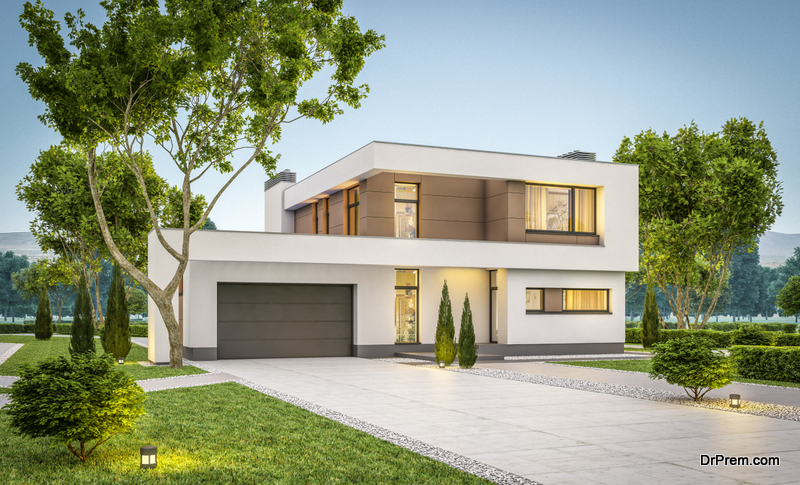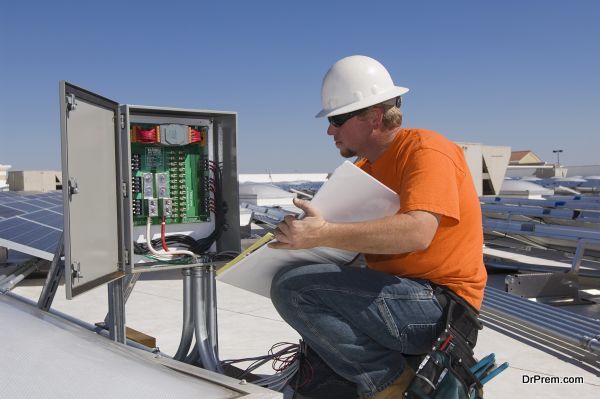When planning a home remodel in Pittsburgh, one aspect that often doesn’t get enough attention is the environmental impact of siding choices.
Selecting the right siding material is crucial for both enhancing your home’s aesthetic appeal and reducing its carbon footprint. In Pittsburgh, where sustainability is increasingly prioritized, homeowners are seeking siding options that balance style with environmental responsibility.
This article delves into the environmental implications of various siding choices, offering valuable insights for Pittsburgh residents planning their next remodel.

Understanding the Environmental Impact of Siding Materials
When considering the environmental footprint of siding materials, it’s important to evaluate several factors, including energy efficiency, resource extraction, manufacturing processes, and end-of-life disposal.
Professional Pittsburgh siding contractors often emphasize the importance of selecting materials that align with both your aesthetic goals and environmental values.
Siding materials such as vinyl, wood, fiber cement, and metal each have distinct environmental impacts, making it essential to weigh these factors carefully.
Vinyl siding, one of the most popular choices for residential properties, is often lauded for its affordability and low maintenance. However, it’s made from polyvinyl chloride (PVC), a material derived from fossil fuels.
The production of vinyl siding releases harmful chemicals into the environment, and it’s not biodegradable, leading to concerns about its disposal. On the other hand, wood siding is considered more eco-friendly, as it’s a renewable resource.
However, the environmental impact can vary depending on factors such as the sourcing practices and treatments used to preserve the wood.
Fiber cement siding is often seen as a middle ground, offering the look of wood with greater durability. While it is less harmful during disposal compared to vinyl, it requires a significant amount of energy to produce, which contributes to its overall carbon footprint.
Metal siding, particularly aluminum, is another option gaining traction due to its recyclability. Despite requiring high energy during production, aluminum siding can be recycled indefinitely, reducing its long-term environmental impact.
Location-Specific Considerations for Pittsburgh Homeowners

When it comes to selecting siding materials in Pittsburgh, local factors such as climate, weather patterns, and community values play a significant role. Pittsburgh’s seasonal temperature fluctuations, from cold, snowy winters to hot, humid summers, demand durable and energy-efficient siding.
Choosing the right material not only impacts your energy bills but also your home’s environmental footprint.
Pittsburgh’s ongoing commitment to green initiatives and community-driven sustainability makes it even more critical for homeowners to choose siding materials that reflect those values. By prioritizing eco-friendly options, you contribute to the city’s collective efforts to reduce pollution and waste.
For example, sourcing locally manufactured materials helps cut down on transportation emissions, a key factor in the overall environmental cost of your remodeling project.
Local siding contractors recommend looking into regional suppliers that provide eco-conscious materials while also understanding the specific needs of Pittsburgh’s architectural landscape.
Whether you live in a historic neighborhood or a more modern development, aligning your siding choice with the environmental standards of the community strengthens both your home’s performance and its contribution to local sustainability goals.
Evaluating the Energy Efficiency of Siding Options
Energy efficiency is a critical factor in the environmental impact of siding materials, particularly in a city like Pittsburgh, where energy consumption varies widely across seasons. Energy-efficient siding helps regulate indoor temperatures, reducing the need for excessive heating in the winter and cooling in the summer.
This, in turn, decreases the demand for energy, leading to fewer greenhouse gas emissions and lower utility bills.
Insulated vinyl siding, for instance, offers a combination of affordability and improved energy performance. While traditional vinyl siding has environmental drawbacks, the insulated variant can be more energy-efficient due to its additional thermal layer. Similarly, fiber cement siding, when properly installed, can also provide decent insulation, helping reduce heat loss during Pittsburgh’s chilly winters.
On the other hand, wood siding, though aesthetically pleasing and environmentally friendly in terms of material sourcing, may require additional insulation to achieve optimal energy efficiency.
Metal siding options like steel and aluminum have reflective properties that can help keep homes cooler during the summer months but may also require added insulation for winter energy savings.
When evaluating these options, Pittsburgh homeowners should consider how well the siding material performs in terms of energy savings throughout the year.
Collaborating with contractors who are knowledgeable about both local conditions and green building practices is vital to finding the most suitable option for your needs.
Siding Longevity and Environmental Impact

Another crucial aspect of the environmental footprint of siding materials is their longevity. Siding that lasts longer reduces the frequency of replacement, thereby lowering the amount of waste produced over time. Durability also contributes to overall cost savings, as homeowners can avoid repeated investments in repairs and replacements.
Vinyl siding typically lasts between 20 to 40 years, depending on the quality and maintenance. While it’s durable, its long-term environmental impact remains a concern due to issues with disposal and the release of toxic chemicals.
Wood siding, if well-maintained, can last even longer—up to 50 years or more—but requires consistent care to prevent rot, pest damage, and other issues that can lead to frequent replacements.
Fiber cement and metal sidings are known for their long lifespans, often exceeding 50 years with minimal maintenance. Fiber cement siding is also resistant to fire, pests, and rot, making it a strong candidate for environmentally conscious homeowners.
Metal siding, especially aluminum, is virtually maintenance-free and can withstand Pittsburgh’s varying weather conditions while maintaining its appearance for decades.
Considering the longevity of these materials in your decision-making process can help reduce your remodeling project’s overall environmental impact. Opting for durable materials not only benefits your home but also contributes to broader sustainability efforts by minimizing waste.
Disposal and Recycling: Closing the Loop
Disposal and recycling are often overlooked aspects of the environmental impact of siding choices. Once siding reaches the end of its life cycle, how it is disposed of or recycled can significantly affect the environment. Pittsburgh’s emphasis on sustainable living encourages homeowners to think about the full lifecycle of the materials they choose.
Vinyl siding, as mentioned earlier, is challenging to recycle and can contribute to landfills for decades due to its non-biodegradable nature. Wood siding is more environmentally friendly in this regard, as it can be repurposed, composted, or used as biomass fuel. Fiber cement siding is relatively inert and doesn’t leach harmful chemicals into the soil, but it still poses challenges in terms of recycling due to its composite nature.
Metal siding, particularly aluminum, stands out as one of the most recyclable materials. Aluminum can be recycled indefinitely without losing its properties, making it an excellent choice for homeowners looking to minimize waste.
Even if replacement is needed, the old material can be fully recycled, reducing the strain on natural resources.
When planning your siding remodel, it’s important to research local recycling facilities and disposal options that align with Pittsburgh’s sustainability initiatives.
Collaborating with contractors who prioritize green building practices can also make a significant difference in how much waste is diverted from landfills and how much is put back into use.
As Pittsburgh continues to embrace green living, making environmentally responsible siding choices is becoming increasingly important for homeowners.
Article by Commmunity Writer.




